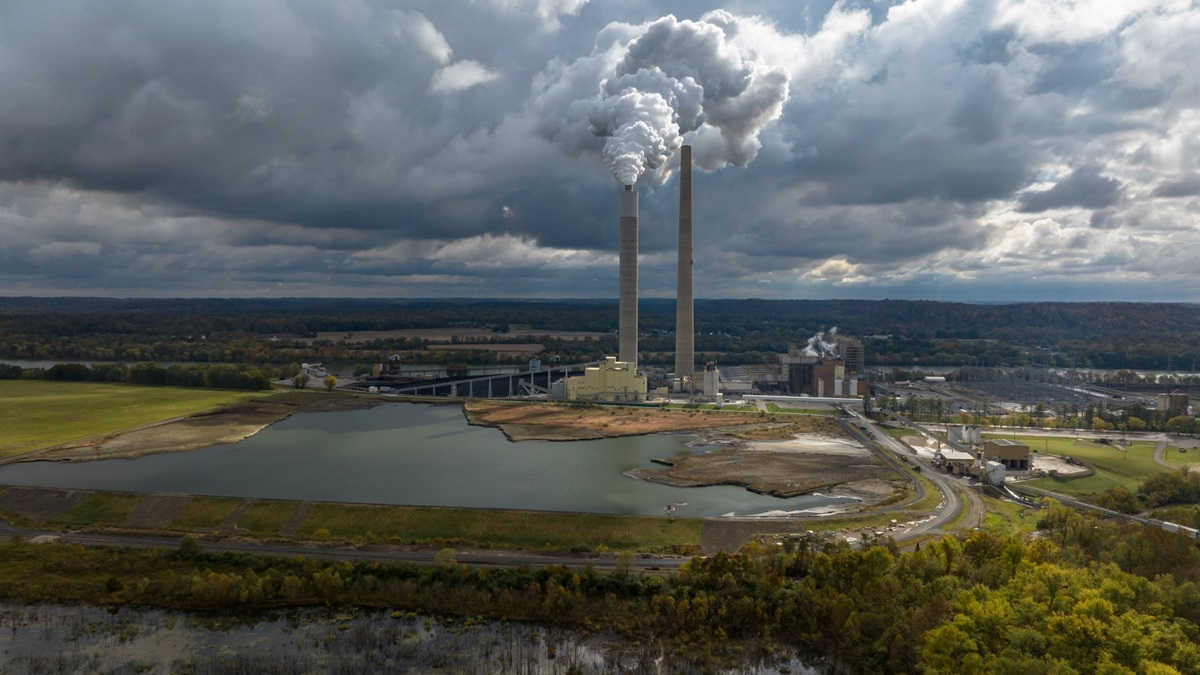A worrying trend in the Earth’s ability to remove carbon from the atmosphere has climate scientists warning that more needs to be done to reduce greenhouse gas emissions.
Last week, Cosmos reported on a pre-print paper which found that global carbon sinks reached a 20-year low last year.
“About of half of all CO2 emissions from human activities (combustion of fossil fuels and land clearing) is removed by the natural CO2 sinks on land and ocean,” Dr Josep (Pep) Canadell tells Cosmos.
Canadell is a chief research scientist in the environment department of Australia’s national science agency, the CSIRO. He is also the executive director of the Global Carbon Project and a member of the Intergovernmental Panel on Climate Change (IPCC).
“On land, plants absorb CO2 to grow and so remove it from the atmosphere. In the ocean, CO2 concentrations at the ocean surface are lower than in the atmosphere, so the CO2 tends to go to the ocean to balance out the concentrations,” he explains.
But this is not a given, Canadell says.
“Globally, carbon sinks become less efficient at pulling CO2 from the atmosphere as the climate warms.”
Modelling has shown that the global land sink is already smaller than it otherwise would have been if it were not for the warming of the climate which has already taken place, Canadell says. Additional stresses on carbon sinks include land use for agriculture and development.
He also notes that warmer oceans hold less CO2 than cooler waters.
“On the other hand,” Canadell adds, “we have the increased atmospheric CO2 concentrations which makes the sinks grow, probably up to a point of saturation which we haven’t reached yet.”
Canadell says the future presents a “tug of war” between these “two fundamental processes operating globally.
“In very hot scenarios, some IPCC models show rapidly declining size of carbon sinks, and in some instances, even becoming a source.
“The pre-print shows that 2023 land sinks had the smallest sink since 2003, contributing little to the net removal of CO2 from the atmosphere,” says Canadell, who is not an author on the study. “The land sink did remove a lot of CO2, but also a large amount of CO2 was released from plant respiration, soil respiration and wildfires.”
2023 was the hottest year on record and an El Niño year.
“Although we expect small land sink during an El Nino year, the biggest surprise of the study is that the sinks were the smallest of the past 20 years for which records were presented.
“If 2023 was the beginning of new dynamics in which the land sinks are rapidly becoming less efficient, the tug of war between sinks and sources might lean towards the source components.”
Canadell notes that models do take into account such behaviour to develop future climate scenarios. But rapid declining efficiency of carbon sinks might happen sooner than expected.
“This would result in a smaller remaining carbon budget to stabilise the climate below 2°C as the Paris Agreement calls for,” he says. “That is, we would need to reduce emissions faster than we are currently counting to do on the basis of the IPCC scenarios in order to meet the Paris agreement targets.”





















Discussion about this post